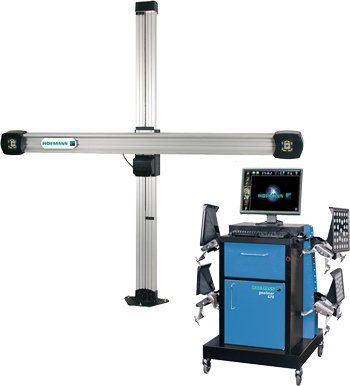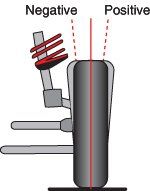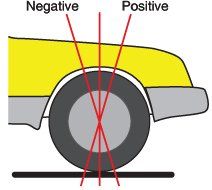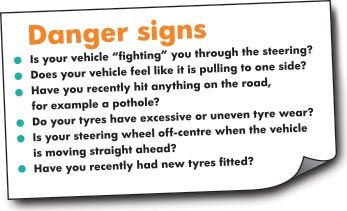A wheel alignment involves adjusting the suspension of your car so that all wheels are perpendicular to the ground and parallel to each other.
Correct alignment of the wheels reduces tyre wear, improves vehicle safety and provides better handling especially when cornering on the open road. Our HOFFMAN four wheel computerised alignment system can reference the front and back wheels simultaneously to detect set back, thrust angle and steering centre problems.
Proper wheel alignment will:
- Extend tyre life
- Improve road handling
- Reduce fuel costs
- Improve braking ability
- Make your drive SAFER
Poor wheel alignment means your tyres may only have partial contact with the road. This effects cornering, braking distance and overall safety of the car. Steering problems can also arise from different tyre sizes or unequal tyre pressures.
We can repair all of these problems! Our HOFFMAN machines reference the front and rear wheels simultaneously and can detect set back, incorrect thrust angle and steering centre problems.















